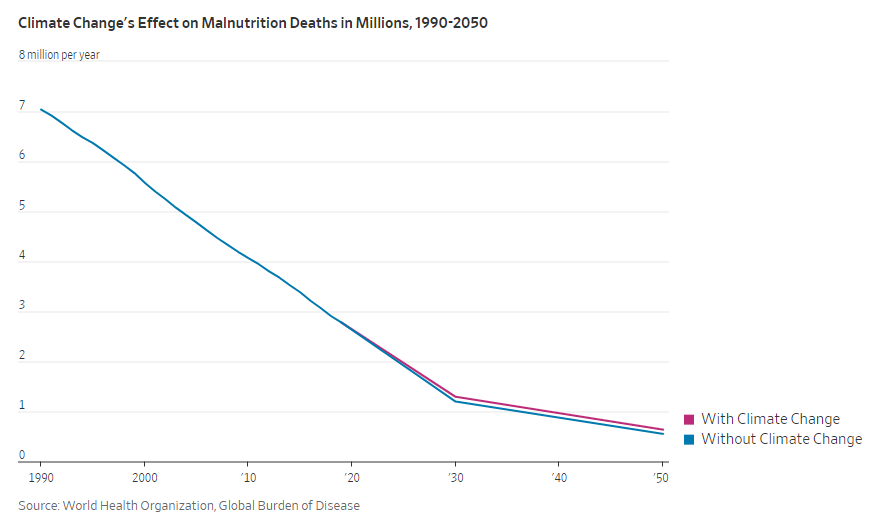(p. A4) BEAUMONT, France — The vines were once demonized for causing madness and blindness, and had been banned decades ago. The French authorities, brandishing money and sanctions, nearly wiped them out.
But there they were. On a hillside off a winding mountain road in a lost corner of southern France, the forbidden crop was thriving. Early one recent evening, Hervé Garnier inspected his field with relief.
In a year when an April frost and disease have decimated France’s overall wine production, Mr. Garnier’s grapes — an American hybrid variety named jacquez, banned by the French government since 1934 — were already turning red. Barring an early-autumn cold snap, all was on track for a new vintage.
“There’s really no reason for its prohibition,” Mr. Garnier said. “Prohibited? I’d like to understand why, especially when you see the prohibition rests on nothing.”
Mr. Garnier is one of the last stragglers in a long-running struggle against the French wine establishment and its allies in Paris. The French government has tried to rip the jacquez and five other American vine varieties out of French soil for the past 87 years, arguing that they are bad for human physical and mental health — and produce bad wine.
But in recent years, the hardiness of the American varieties has given a lift to guerrilla winemakers like him, as climate change wreaks havoc on vineyards across Europe and natural wines made without the use of pesticides have grown in popularity.
. . .
With France awash in wine, lawmakers urgently addressed the problem around Christmas in 1934. To reduce overproduction, they outlawed the six American vines — including hybrids like the jacquez and pure American grapes like the isabelle — mainly on the grounds that they produced poor wine. Production for private consumption would be tolerated, but not for commercial sale.
The government had planned to follow up with bans on other hybrids but stopped because of the backlash to the initial ban, Mr. Lacombe said. Then the war provided another reprieve.
It was only in the 1950s — when hybrids were still cultivated on a third of all French vineyards — that the government really began cracking down on the six forbidden grapes, Mr. Lacombe said. It offered incentives to rip out the offending vines, then threatened growers with fines.
It then condemned the American grapes as harmful to body and sanity with arguments “not completely honest to try to quell a situation that was slipping away from the government,” Mr. Lacombe said.
“In fact, the present defenders of these vines are right in underlining all the historical and government inconsistencies,” he added.
. . .
Originally from northeastern France, Mr. Garnier, now 68, was once a longhaired high school student who traveled to see Jimi Hendrix, The Who and Janis Joplin perform in concert.
. . .
Some years later, he got into winemaking almost by accident. Two elderly brothers asked him to harvest their jacquez grapes in return for half of the wine production. He learned the history of the forbidden vines and eventually bought the brothers’ vineyards.
Today, he makes 3,400 bottles a year of his deeply colored, fruity “Cuvée des vignes d’antan,” or wine from vines of yesteryear. He got around the ban by creating a cultural, noncommercial association, “Memory of the Vine.” A membership fee of 10 euros, or about $12, yields a bottle.
With the growing threat of climate change and the backlash against the use of pesticides, Mr. Garnier is hoping that the forbidden grapes will be legalized and that France’s wine industry will open up to a new generation of hybrids — as Germany, Switzerland and other European nations already have.
“France is a great wine country,” he said. “To remain one, we have to open up. We can’t get stuck on what we already know.”
(Note: the online version of the story was updated Sept. 16, 2021, and has the title “For France, American Vines Still Mean Sour Grapes.”)


